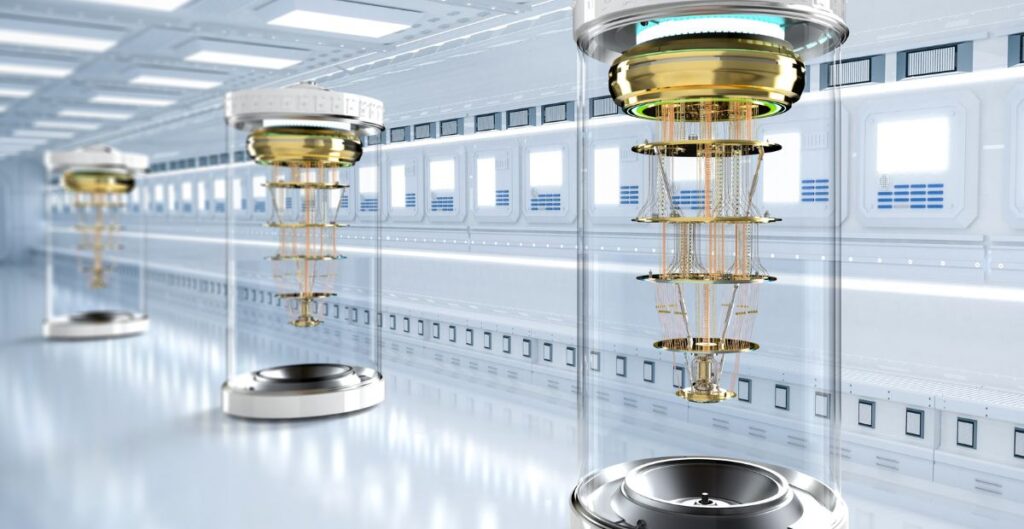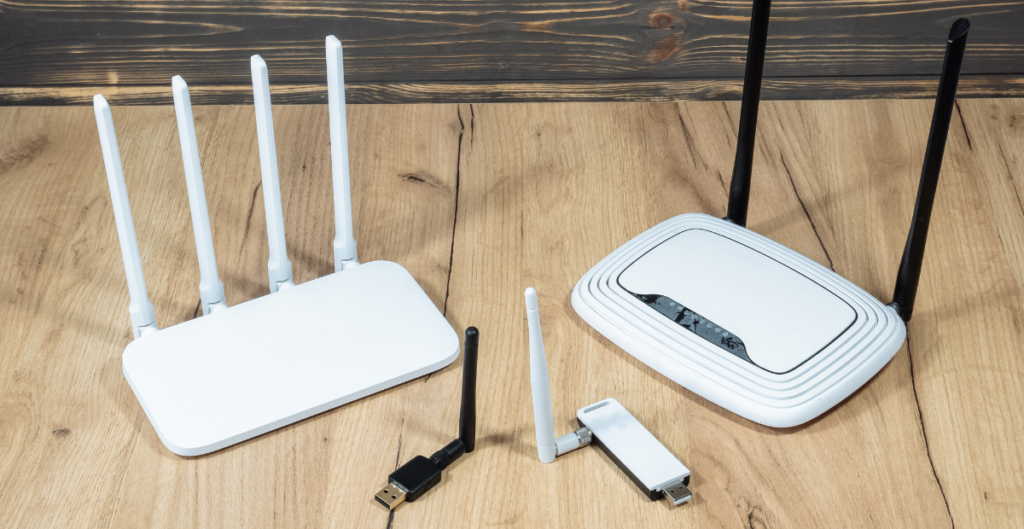Imagine if your computer could go backward, like undoing every mistake, every error, or every action you ever made. That’s exactly the magic behind quantum computing reversibility. It’s one of the most important ideas in the world of quantum computers.
Let’s explore what this means in a simple, easy-to-understand way.
- What is quantum computing reversibility?
- Quantum Computing Reversibility Notes: Why It's So Important
- Reversible Gates Quantum Computing Uses
- Reversible Computing vs Classical Computing
- Reversible Computing Company and Industry Leaders
- Reversible Computing Startup Innovations
- How Reversible Logic Gates Work
- Learn More from a Reversible Computing Book
- What the Reversible Computing Reddit Community Is Saying
- Frequently Asked Questions
- Final Thoughts
What is quantum computing reversibility?
In normal computers, when you press delete or change a file, that data is often gone forever. But in quantum computing, every step must be reversible. This means you can undo every action and go back to the start.
So, if a quantum computer flips a bit or changes a value, it must also know how to flip it back.
This concept comes from the rules of quantum mechanics. In quantum physics, actions don’t just go one way, they can go forward and backward. This natural reversibility is very different from how classical computers work.
To understand the science behind this, read this helpful Wikipedia article on reversible computing.
Quantum Computing Reversibility Notes: Why It’s So Important
Reversibility isn’t just a fancy trick. It solves real problems. Here’s why it matters:
- It avoids losing information
- It reduces heat and energy waste
- It helps fix or “uncompute” errors
In fact, deleting data in normal computers creates heat. That’s why computers have fans. But quantum computers can stay cooler and more efficient by keeping every step reversible.
That’s what makes quantum computing reversibility so useful.
Reversible Gates Quantum Computing Uses
To build a quantum computer, we need gates, small parts that process information. But in quantum computers, these gates must be reversible.
Some well-known reversible gates include:
- Toffoli Gate – A 3-bit gate that lets you perform AND logic in reverse.
- Fredkin Gate – A gate that swaps bits but remembers how to swap them back.
- Hadamard Gate – Creates a mix of 0 and 1, but can undo that mix perfectly.
These gates let quantum systems go back to their earlier state. That’s very useful for correcting mistakes and saving energy.
For a deeper explanation, check out this resource on reversibility in quantum circuits.
Reversible Computing vs Classical Computing
Let’s use a simple example.
Say you’re solving a puzzle. In a classical computer, you solve it and throw away the steps. But in reversible computing, you keep every move. That way, you can always go back and fix something without starting over.
Here’s how they differ:
- Classical computers throw away data during processing.
- Reversible computing saves every step, allowing a return to the start.
That’s why quantum computers are being built with reversible computing ideas in mind. It’s more efficient, smarter, and fits with quantum laws.
Reversible Computing Company and Industry Leaders
Several companies are exploring how to build better systems using reversible computing.
- IBM Quantum is developing scalable quantum processors that use reversible logic.
- D-Wave Systems and Rigetti Computing are exploring ways to make quantum operations more energy efficient.
- Smaller firms and researchers are testing how reversible logic can help future computers use less power and fix mistakes more easily.
As this technology grows, more companies will join the race.
Reversible Computing Startup Innovations
Startups like Q-CTRL are working on tools that help stabilize quantum computers. One way they do this is by using reversible computing ideas to reduce noise and improve results.
These companies are taking what we’ve learned about reversibility and building smarter systems that can fix themselves before a mistake spreads too far.
This is where the future of computing is headed: fast, clean, and correctable.
How Reversible Logic Gates Work
Let’s break it down.
A normal gate takes inputs and turns them into outputs. But a reversible gate remembers how it got there, so you can reverse the outputs to get back the original inputs.
Example:
- Input: 1, 0, 1
- Output: 1, 0, 0 (Toffoli gate applied)
- Reverse the gate, and you get back: 1, 0, 1
In this way, reversible logic gates make sure that no information is lost. This is important for both quantum computers and low-energy classical systems.
Learn More from a Reversible Computing Book
If you’re really curious, there are great books to dive deeper. One popular option is:
- Reversible Computation: Fundamentals, Quantum Computing, and Applications by Michael P. Frank
It covers everything from logic gates to full systems and is a favorite among researchers.
What the Reversible Computing Reddit Community Is Saying
On Reddit, people talk about quantum computing reversibility all the time. They ask things like:
- Can reversible computing make AI smarter?
- Can it reduce energy use in huge data centers?
- How soon will we have fully reversible classical computers?
These discussions show that this idea isn’t just theory; it’s part of what may change how the whole world uses technology.
Frequently Asked Questions
Q: What is reversibility in quantum computing?
A: Reversibility means that every quantum operation can be undone. This helps preserve information and makes quantum computing more efficient.
Q: Why is quantum mechanics reversible?
A: Because the math behind quantum physics (like Schrödinger’s equation) works both forward and backward in time. This makes quantum systems naturally reversible.
Q: Why do quantum operations have to be reversible?
A: To avoid losing information and to follow the laws of quantum physics. Reversible operations also help reduce errors and energy loss.
Q: What is reversibility logic?
A: It’s a way of designing logic systems where you can always reverse the steps. No information is thrown away, which makes the system more efficient and fixable.
Final Thoughts
Quantum computing reversibility is more than just a scientific detail. It’s a powerful concept that helps computers of the future be smarter, cleaner, and much more reliable.
From reversible gates to energy-saving ideas, reversibility is opening doors that were once closed. Whether you’re just starting out or already diving deep, one thing’s clear: the ability to “undo” in the world of computing might be one of the biggest breakthroughs yet.






